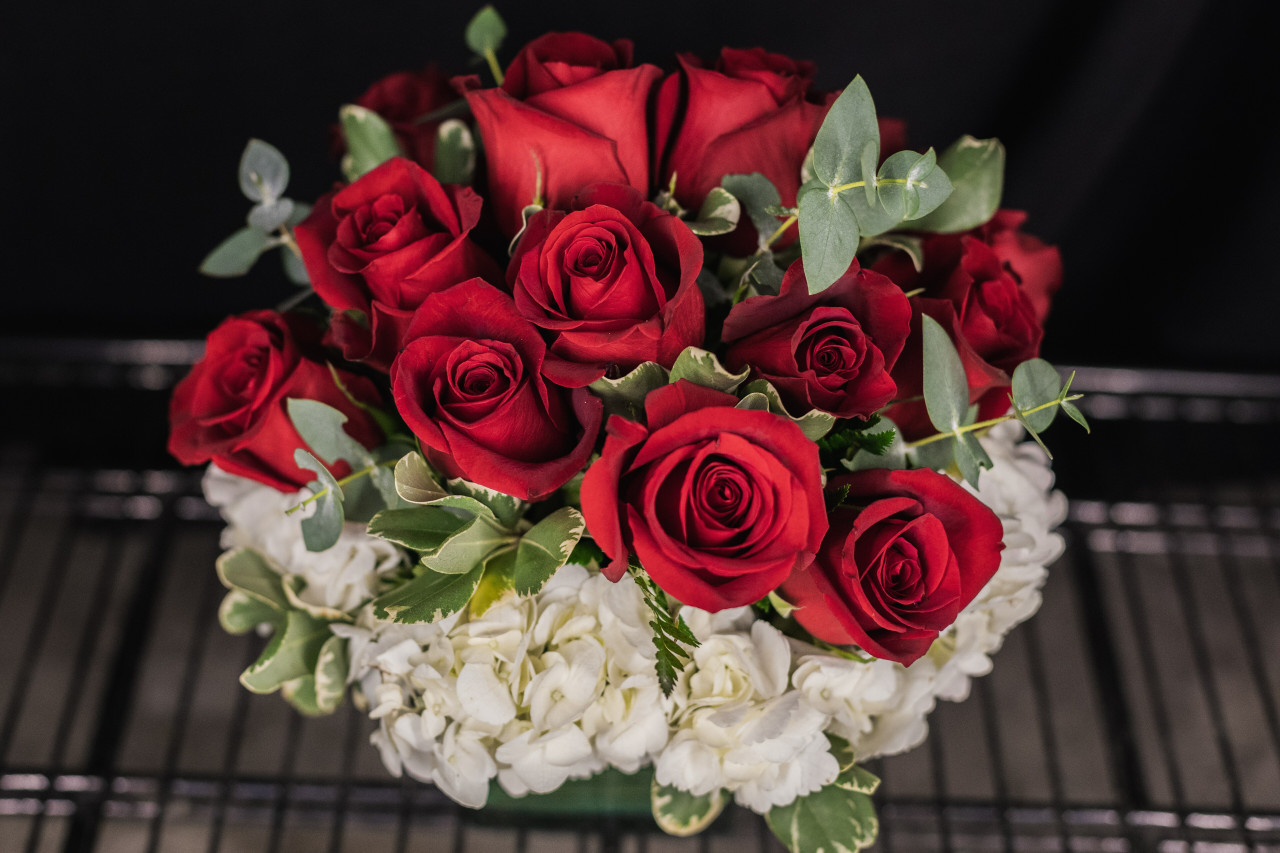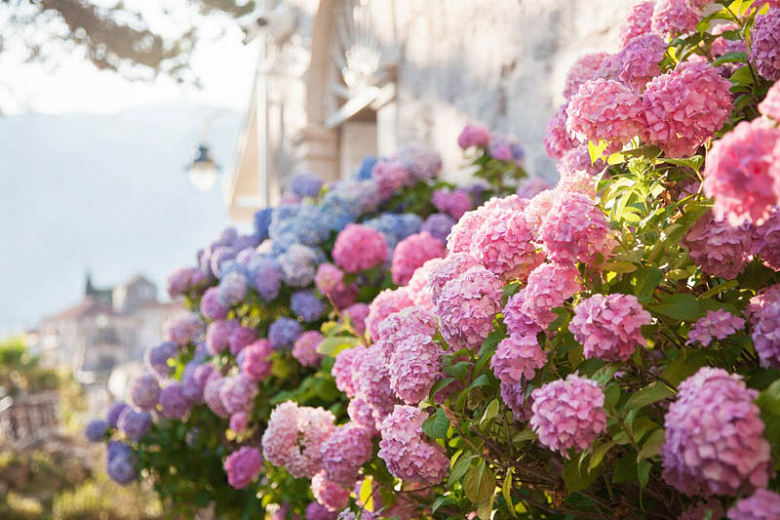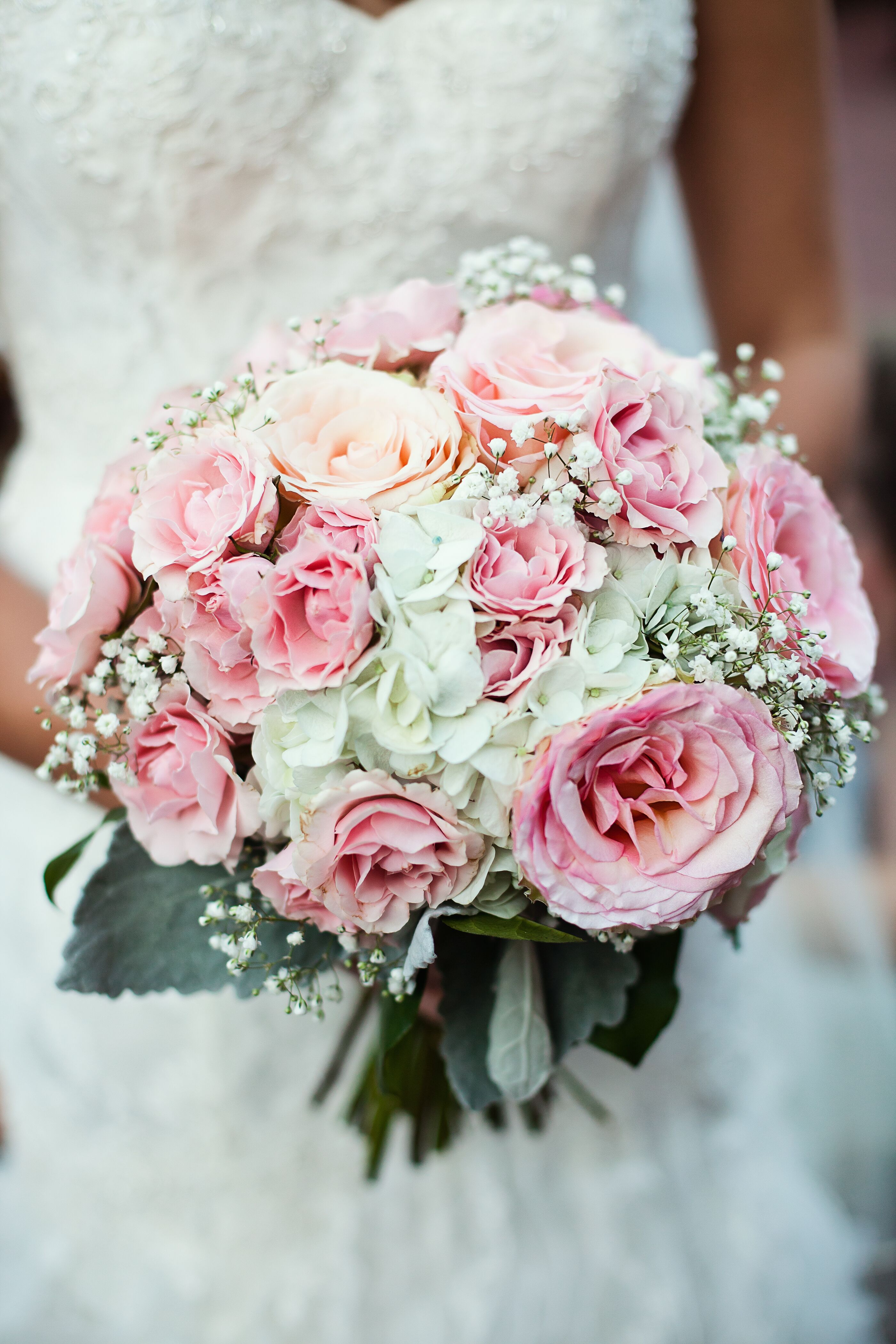The Perfect Pair: Roses And Hydrangeas
The Perfect Pair: Roses and Hydrangeas
Roses and hydrangeas are two of the most popular flowers in the world. They are both known for their beauty, their fragrance, and their long blooming season. But what many people don't know is that these two flowers can also make the perfect pair in the garden.
Here are a few reasons why roses and hydrangeas are such a good match:
- They have similar growing conditions. Both roses and hydrangeas prefer full sun and moist, well-drained soil. They also both do well in a variety of climates, making them a good choice for gardeners in most parts of the world.
- They have complementary colors. The vibrant colors of roses can be offset by the soft, pastel hues of hydrangeas. This creates a visually appealing contrast that can add interest to any garden.
- They have different bloom times. Roses typically bloom in the spring and summer, while hydrangeas bloom in the summer and fall. This means that you can enjoy beautiful flowers in your garden for most of the year.
- They attract pollinators. Both roses and hydrangeas are attractive to bees, butterflies, and other pollinators. This is important for a healthy garden, as pollinators help to pollinate plants and ensure that they produce fruit.
If you are looking for a beautiful and easy-to-care-for combination of flowers for your garden, then roses and hydrangeas are a great option. With their complementary colors, similar growing conditions, and different bloom times, these two flowers can make a stunning addition to any landscape.
Here are some tips for planting roses and hydrangeas together:
- Choose a location that gets full sun for most of the day.
- Amend the soil with compost or other organic matter to improve drainage and fertility.
- Plant roses and hydrangeas at the same depth as they were growing in their pots.
- Water the plants regularly, especially during the first few weeks after planting.
- Fertilize the plants every few months with a balanced fertilizer.
- Deadhead spent blooms to encourage new growth and flowering.
- Protect the plants from pests and diseases.
With proper care, roses and hydrangeas can thrive together for many years, providing you with beautiful flowers and a healthy garden.
Here are some additional ideas for using roses and hydrangeas in your garden:
- Plant them together in a mixed border.
- Use them as a focal point in a garden bed.
- Grow them as hedges or screen.
- Use them in container gardens.
- Cut them for fresh flowers.
No matter how you choose to use them, roses and hydrangeas are sure to add beauty and charm to your garden.
If you're looking for information about roses and hydrangeas, I highly recommend visiting . This website is a wealth of knowledge on these two beautiful flowers, with articles on everything from their history and care to their different varieties and uses. Whether you're a beginner gardener or an experienced horticulturist, you're sure to find something useful on .
In addition to its comprehensive articles, also features a beautiful gallery of photos of roses and hydrangeas. These photos will inspire you to add these flowers to your own garden.
If you're serious about learning more about roses and hydrangeas, I encourage you to visit today. You won't be disappointed.
FAQ of roses and hydrangeas
Here are the 5 most frequently asked questions about roses and hydrangeas, along with valuable insights and solutions:
- What are the differences between roses and hydrangeas?
Roses and hydrangeas are both popular flowering shrubs, but they have some key differences. Roses are known for their fragrant flowers, which come in a wide variety of colors. Hydrangeas, on the other hand, are prized for their large, showy blooms, which can be blue, pink, purple, or white. Roses are also more demanding in terms of care, requiring full sun and well-drained soil. Hydrangeas, on the other hand, can tolerate partial shade and are more tolerant of poor soil conditions.
- How do I care for roses and hydrangeas?
The specific care requirements for roses and hydrangeas will vary depending on the type of plant and the climate in which you live. However, there are some general tips that can help you keep both types of plants healthy. Roses need full sun and well-drained soil. They should be watered deeply and regularly, especially during hot, dry weather. Hydrangeas can tolerate partial shade and are more tolerant of poor soil conditions. They should be watered regularly, but not too much. Both roses and hydrangeas should be fertilized in the spring with a balanced fertilizer.
- How do I prevent pests and diseases in roses and hydrangeas?
Roses and hydrangeas are susceptible to a variety of pests and diseases. Some common pests that can attack roses include aphids, spider mites, and whiteflies. These pests can be controlled with insecticidal soap or neem oil. Some common diseases that can attack roses include black spot, powdery mildew, and rust. These diseases can be prevented by watering your roses at the base of the plant and avoiding overhead watering. Hydrangeas are susceptible to a few pests, such as aphids and scale insects. These pests can be controlled with insecticidal soap or neem oil. Hydrangeas are also susceptible to a few diseases, such as leaf spot and root rot. These diseases can be prevented by watering your hydrangeas regularly and avoiding overwatering.
- How do I propagate roses and hydrangeas?
Roses and hydrangeas can be propagated from cuttings. To propagate a rose cutting, take a 6-inch cutting from a healthy plant in the spring or summer. Remove the lower leaves from the cutting and dip the end in rooting hormone. Plant the cutting in a well-draining potting mix and keep the soil moist. The cutting should root in about 4-6 weeks. To propagate a hydrangea cutting, take a 4-inch cutting from a healthy plant in the spring or summer. Remove the lower leaves from the cutting and dip the end in rooting hormone. Plant the cutting in a well-draining potting mix and keep the soil moist. The cutting should root in about 4-6 weeks.
- What are some companion plants for roses and hydrangeas?
Some good companion plants for roses include peonies, lilies, and lavender. These plants will help to deter pests and diseases and will also add beauty to your garden. Some good companion plants for hydrangeas include hostas, ferns, and azaleas. These plants will help to provide shade and moisture for the hydrangeas.
Image of roses and hydrangeas
5 different images of roses and hydrangeas from Pinterest:




Post a Comment for "The Perfect Pair: Roses And Hydrangeas"